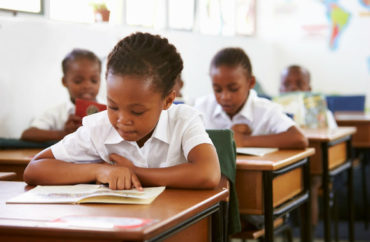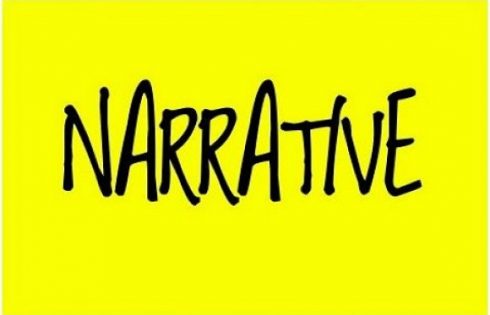
Expanding options for poor and special-needs children
Since teachers unions have largely decided that their comfort is more important than the education of marginalized children, the Trump administration has designed a workaround.
The Department of Health and Human Services is loosening the rules around “community services block grants” so these funds can be used for “emergency learning scholarships.”
President Trump issued an executive order Monday on “expanding educational opportunity through school choice” for children whose schools refuse to reopen under the pretext of COVID-19 danger.
The scholarships can be used for tuition and fees for private and parochial schools; “homeschool, microschool, or learning-pod costs”; special education and related services such as therapies; and tutoring or remedial education.
The order says more than half of all public school students started school remotely this fall. These students are much likelier to come from financially precarious families who cannot afford the options available to their well-off counterparts, including the schooling formats provided for under the new scholarships.
The hardest-hit children are those with special needs:
Schools provide not only academic supports for students with special needs, but they also provide much-needed in-person therapies and services, including physical and occupational therapies. A recent survey found that 80 percent of children with special needs are not receiving the services and supports to which they are entitled and that approximately 40 percent of children with special needs are receiving no services or supports.
Virtual “learning” is a particularly bad option for special-needs students even when they have access to it, yet it’s also a poor substitute for in-person learning for other children, the order explains.
That’s why HHS is going beyond its recent decision to allow federal child-care funding to “subsidize child care services and services that supplement academic instruction for children under the age of 13 who are participating in virtual instruction.”
School districts and teachers unions that insist virtual instruction is adequate should look at the harm it’s causing the most needy students:
In low-income zip codes, students’ math progress decreased by nearly 50 percent while school buildings were closed in the spring, and the math progress of students in middle-income zip codes fell by almost a third during the same period. A recent analysis projected that, if in-person classes do not fully resume until January 2021, Hispanic, Black, and low-income students will lose 9.2, 10.3, and 12.4 months of learning, respectively.
Many parents of such children also don’t have the flexibility of their #StayHome teleworking counterparts: They have to go to work in the real world and leave their children unsupervised during virtual “learning.”
Under these conditions, it’s not surprising that “reports of child maltreatment” have plummeted: Teachers and support staff aren’t interacting in the same physical space as children, meaning they miss signs of abuse. The executive order also notes that student absences have “nearly doubled” this year, again showing the woeful insufficiency of virtual “learning.”
According to Politico, the HHS program to be used for scholarship funding distributes $700 million a year.
Read the executive order and Politico report.
MORE: Chicago Teachers Union ignores Catholic school evidence of safe reopening
IMAGE: Monkey Business Images/Shutterstock





Please join the conversation about our stories on Facebook, Twitter, Instagram, Reddit, MeWe, Rumble, Gab, Minds and Gettr.